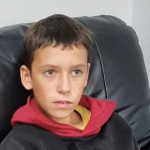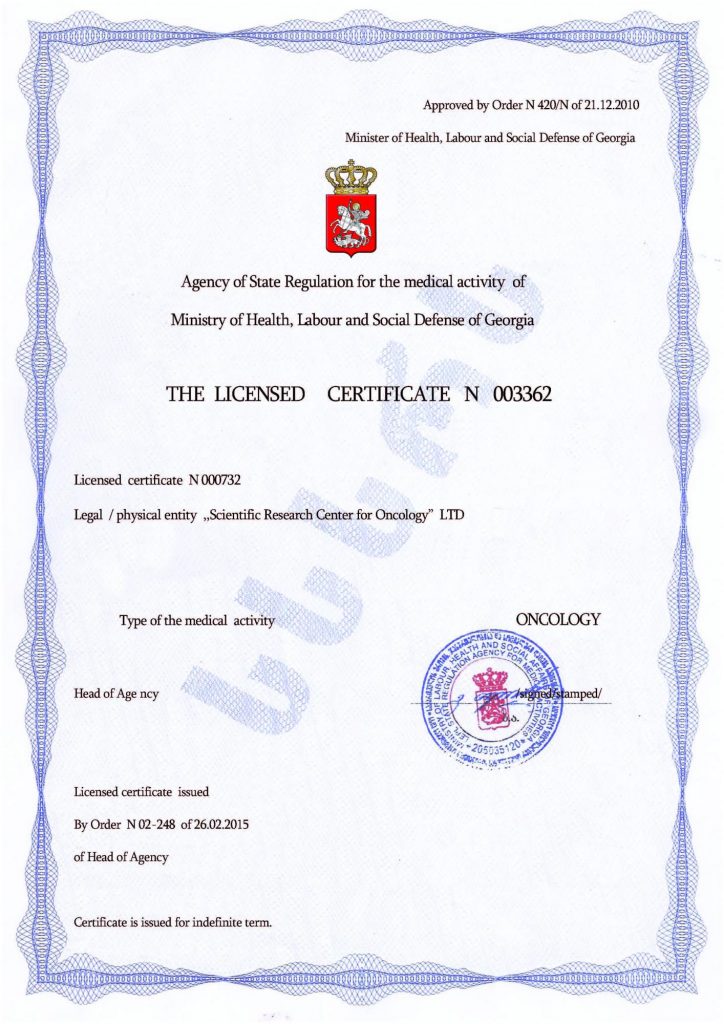Card Games and Solitaire for Children with Autism
Many children with autism perceive the world primarily through visual information, and thus card games can have a positive impact on their development. The main features of these games are structure, visual support, and opportunities for sensory regulation. These games not only meet the needs of many children but also effectively foster the development of relevant skills.
Here are some general principles for adapting such games to accommodate the characteristics of children with autism:
- Visual Support
The use of cards with clear images, color coding, or symbols (PECS) helps explain the rules and sequences. - Tactility and Sensory Regulation
Cards with different textures (smooth, rough), weighted or vibrating elements can help reduce anxiety. - Simplifying Rules
Breaking the game process into steps and using social stories to explain actions may be necessary. - Adjusting Load
Limiting the duration of the game or the number of cards can help manage sensory overload.
The games can be categorized as follows:
- PECS-Based Games
These involve sorting cards by categories (animals, food, actions). They can be adapted by using tactile cards or sorters with colored sections to provide visual reinforcement. Examples include Frenchoponcho sets with Velcro pieces for building simple sentences. - Shadow Lotto and Solitaire
These games aim to explain the connection between cards and their silhouettes or shadows. Backlighting the table enhances visual contrast, and reducing the number of cards helps prevent overload. Games like “Brushing Teeth” or “Haircut at the Salon” help explain sequences in everyday situations. A solitaire-sorting game like “Hot Country Animals” (matching animal skins to animals) helps engage the sensory system. - Sequence Solitaire
Simple solitaire games where cards are laid out in a chain by color/number (similar to “Solitaire”). Simplifying the task by using cards with numbers and color-coded symbols and using visual schedules to show the sequence of steps can make the game easier. Social skills can be built through games like “Activity Plan” where a figurine moves after each step. - Group Card Games
Card games can be adapted for group play aimed at achieving a shared goal, such as “collecting all colors of the rainbow.” These games can be modified by introducing a “helper” card with a hint or sensory elements like popper cards that need to be pressed after each move. An example is a modified version of “Uno” where the number of colors is reduced from 4 to 2 or 3. - Sensory System Training
Puzzle-solitaire games involve matching combinations of cards with different textures and sounds. Adaptation can involve cards with embedded sound buttons or tactile puzzles that help develop sensorimotor skills.
When choosing games, certain rules should be followed:
- Child’s Interests
If the child loves trains, it would make sense to focus on transport-themed cards. - Sensory Characteristics
If the child is hypersensitive to sounds, games with loud signals should be avoided; conversely, vibrating elements may be added if stimulation is needed. - Difficulty Level
Start with 3-5 cards and gradually increase the number as the child gets used to the game.
Additionally, it’s important to prepare the child for this new activity:
- One-on-One Practice
Start with one-on-one play with an adult, using social stories (e.g., “First I place a card, then I wait for your move”). - Motivation
Alternate between favorite and new games, limiting access to keep the child’s interest. - Communication Aids
Use prompt cards (“My turn,” “Help”) to encourage interaction.
In general, children tend to respond positively to Frenchoponcho sets (shadow lotto), PECS cards for sorting, and sensory puzzles from Smartaids. However, game time should initially be limited, the child’s reaction should be observed, and the rules adjusted accordingly.
Such activities are engaging and not only entertain but also promote development. However, games alone cannot cure the source of behavioral, sensory, or cognitive problems—autism spectrum disorder and its symptoms. Achieving significant improvement in the shortest time with the greatest chance of success today is only possible through cellular therapy—an innovative approach to overcoming autism based on the latest scientific and technological advances.
Cellular therapy involves the transplantation of stem cells, the basic elements of the body. Since the stem cells are taken from the patient, there is no risk of rejection, and the procedure is completely safe. As it stimulates the body’s natural restorative capabilities, it is also highly natural.
The unique feature of stem cells is their ability to transform into any other type and replace damaged cells with healthy counterparts. This leads to the normalization of brain and nervous system function, stabilizing behavior, accelerating development, and reducing or even eliminating autism symptoms. Since these changes are sustained for many years, and often for life, the effectiveness of other corrective measures is greatly enhanced.
No other method can achieve results like this. Therefore, cellular therapy, which was recently developed and previously considered experimental, has already gained wide recognition and may become the primary approach in treating autism and its symptoms. Leading clinics around the world, including the Mardaleishvili Medical Center, currently practice this technique. The center boasts top-tier specialists with extensive experience in stem cell transplantation and state-of-the-art equipment, which enables achieving the best possible therapeutic outcomes. Moreover, treatment costs are lower than in other countries with advanced healthcare systems. Assistance with trip planning and addressing other questions, including accommodation for the rehabilitation period, is also available.
Cellular Therapy—The Path to a Healthy and Fulfilling Life!
Autism Treatment Center Videos
Autism treatment with own stem cells
Cord blood association congress
International Quality Crown
Autism Treatment Reviews
Autism treatment with own stem cells
The story of Alessandro (6 years old)
Autism Patient Testimonial - Stem Cell Treatment
Clients Testimonials

Review by Anastasia, mother of Yusup (8 years old) Read More

Feedback from Nathalie, mother of Andre (9 years old) Read More

Feedback from Yulia, mother of Emily (7 years old) Read More

Feedback by Everita, Katrina’s mother (5 years old) Read More

Feedback from Igor, David’s father (12 years old) Read More












